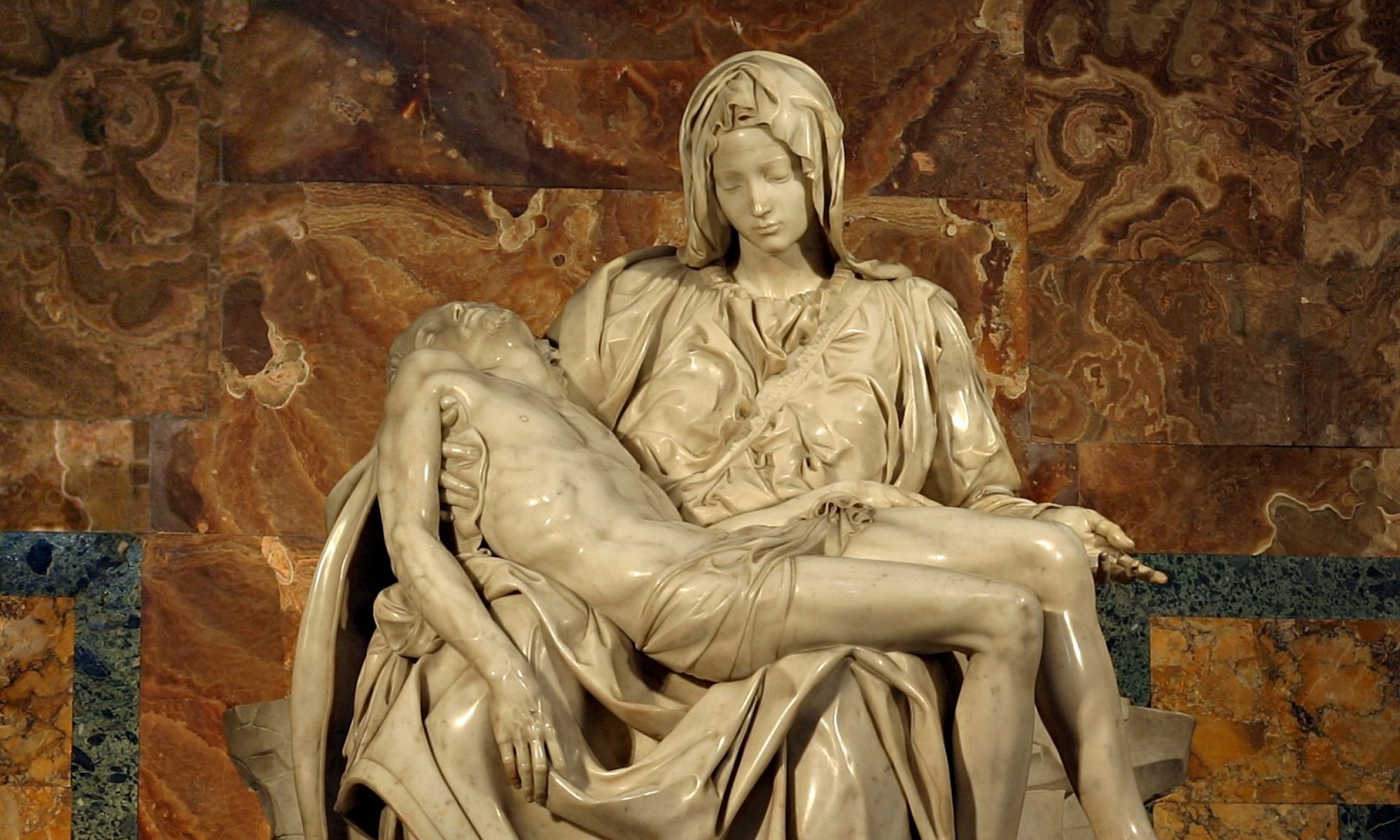This is a reflection on the Mass readings of the day.
There are all sorts of levels of imagery and symbolism in Scripture and, by extension, in the reality of Christian life. For example, Abraham’s sacrifice of Isaac in the Old Testament symbolizes God the Father’s sacrifice of His own Son for us–and also the unquestioning obedience of Mary at the Annunciation, which enabled this sacrifice.
In our own lives, these layers of meaning exist as well; when we are in the grace of God and seeking to listen to the Holy Spirit in His guidance of our lives, He imbues our ordinary lives with profound layers of significance as our self-offering creates resounding echoes in the economy of salvation. But, whereas Scripture presents itself to us as eminently symbolic, often the only thing we think of in our day-to-day is our mundane, external reality as it presents itself to us.
It is worthwhile, in our contemplative prayer, to consider what deeper things God may be leveraging the gift of our lives to do. But likewise, sometimes it is worthwhile to look at Scripture simply at face value, and consider that one of the marvelous things about it is that the symbolic moments portrayed actually happened. Consider, for example, that the falling of the walls of Jericho in the book of Joshua symbolize/foreshadow the reopening of the path to salvation in Christ, and conquest of Satan’s monopoly on human reality (cf. Jsh. 6). But also, the walls of Jericho have been discovered archaeologically, physically, really.
In today’s Gospel, Jerusalem can symbolize the people of Israel of Jesus’ time, and the tragedy that they did not accept Him. Further, it can symbolize those hard in heart of all times and ages who refuse to hear His invitation and turn to Him for salvation.
But also, Jerusalem actually did fall to destruction some 30-plus years after the events of today’s Gospel passage.
A fascinating thing is that the face-value course of events and the deeper meaning are linked and related. Jesus ties the destruction of Jerusalem as such to its rejection of “what makes for peace”–that is, humble obedience to God and acceptance of Jesus’ Messianic message.
Through His sacrificial offering, Jesus re-opens the door to salvation for us. But, as the first reading notes, He is also given the gift to break open the seals to the scroll. The scroll symbolizes the correct interpretation of all reality as one great plan from God that makes sense. All of it, with all these layers of meaning, only makes sense as a complete story inasmuch as Jesus’ saving act unlocks and defines that meaning.
Ideas for conversation with the Lord: Consider that your earthly life has layers of meaning within the plan of salvation that you may not often contemplate very deeply. Ask Jesus, the great Unsealer of the Scroll, to help you through the action of the Holy Spirit to penetrate some of that meaning so that you can offer your life all the more consciously and intentionally to Him each day.
Follow the Author on Twitter:Follow @mvhaywilliams

